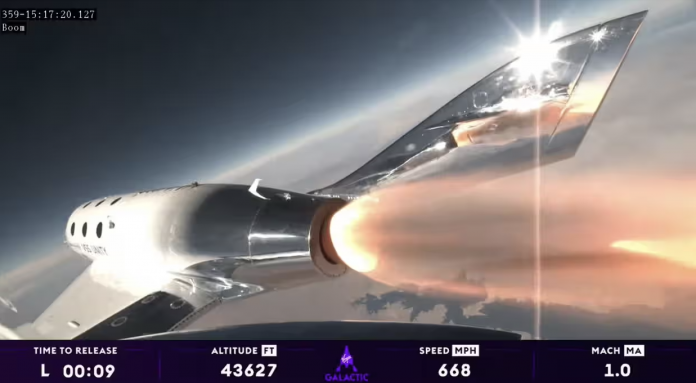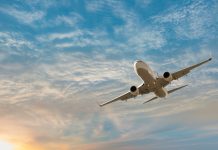
After years of anticipation, Virgin Galactic, the brainchild of Richard Branson, has finally launched its first tourism space mission, fulfilling a long-standing commitment
In a momentous event, the VSS Unity, Virgin Galactic’s rocket-powered space plane, departed from a New Mexico spaceport attached to its twin-fuselage mothership.
This event marks a significant step into the world of space exploration and even possibilities to test our capabilities surrounding space travel.
Overview of the world’s first tourism space mission
Three passengers embarked on this historic first tourism space mission: Keisha Schahaff, an entrepreneur and health coach, accompanied by her daughter Anastasia Mayers, the first space tourist from Antigua; and Jon Goodwin, a former Olympian who became the second individual with Parkinson’s disease to venture into space.
Virgin Galactic and it’s journey to the cosmos
The first tourism space mission took off from Virgin Galactic’s New Mexico spaceport, the trio boarded the VSS Unity, nestled beneath the mothership VMS Eve.
The mothership soared into the skies, releasing VSS Unity at a designated altitude. With a powerful rocket engine, VSS Unity streaked upwards, breaching the US government’s defined boundary of outer space at more than 50 miles above Earth’s surface.
Tourists describe their supersonic experience in space
VSS Unity achieved supersonic speeds and experienced moments of weightlessness as it arched toward the cosmos. The flight culminated in a graceful glide back to Earth, touching down on the runway at 9:30 a.m. MT. The entire odyssey lasted an hour, leaving an indelible impression on the passengers.
Reflecting on the flight, Goodwin described it as “completely surreal,” while Mayer expressed how connected she felt to the universe. Schahaff found the experience empowering, believing it signified her ability to conquer any challenge.
The endless possibilities of space travel
This landmark mission follows the success of Virgin Galactic’s maiden commercial flight in June. Unlike its competitor, Blue Origin, which hosted celebrities and affluent adventurers, this flight marked the first occasion for Virgin Galactic to include tourists flying for the pure experience.
The duo from Antigua earned their seats by participating in a fundraising drawing that generated $1.7 million for Space for Humanity, an organisation dedicated to democratising space access.
Goodwin’s inclusion as a passenger showcased the potential of space travel for individuals with physical disabilities, a notion endorsed by the European Space Agency as they collaborate with Paralympic sprinter John McFall to adapt spacecraft for those with mobility challenges.
In conclusion, Virgin Galactic’s first tourism space mission signifies the realization of promises made over decades.
With its diverse passengers, the world’s first tourism space mission voyage embodies the democratisation of space exploration and the triumph of the human spirit over challenges.










